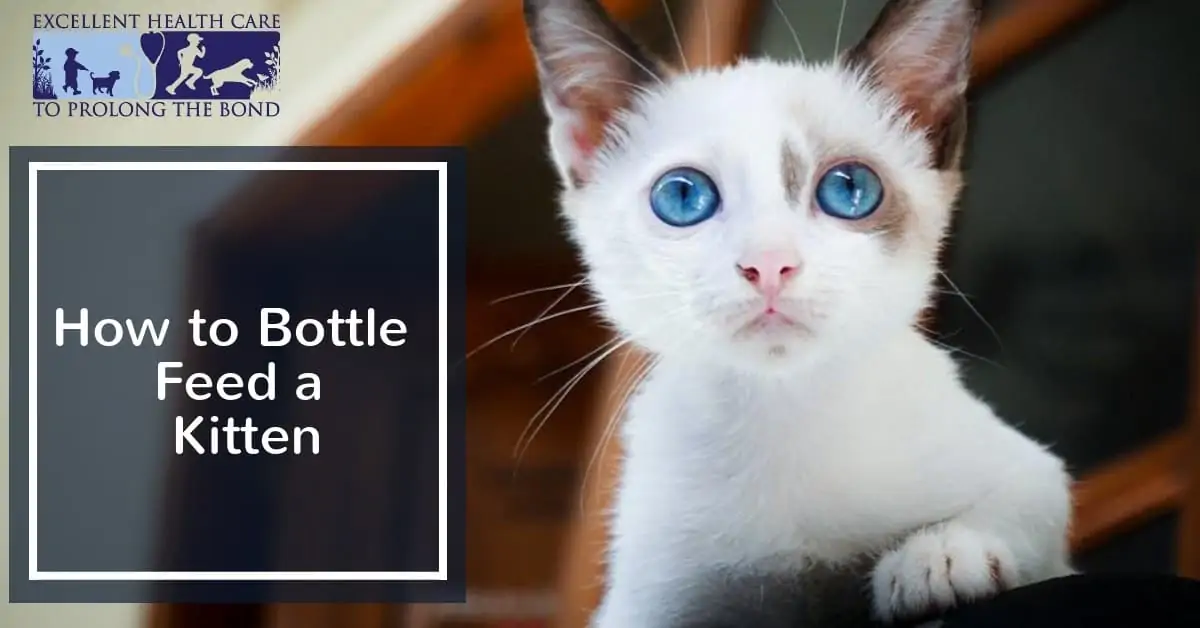Bottle feeding a kitten is a task that requires patience and time. Most of the pet parents find it difficult to bottle feed kittens, especially when they do not have any relevant experience.
Normally, you don’t have to bottle feed a kitten; there are some special scenarios that might require you to perform this task, some of them are listed below:
- When taking care of an orphaned or abandoned kitten
- Inability of mother to produce sufficient milk
- Any medical condition in mother that prevents breastfeeding
- Any medical condition in kitten that recommends special supplements
Kittens get all the nutrient supplements from their mother. When you decide to bottle feed a kitten, it is important that you consider a complete formula that can meet the nutritional requirements. This is where you might need the assistance of a veterinarian. There are some tips that you can follow to bottle feed your kitten in the best possible manner.
Kitten bottle feeding tools
Formulas like Wombaroo and Biolac are usually used to bottle feed kittens. You can also resort to homemade solutions to bottle feed kittens.
Hoskins formula is a homemade kitten formula that is simple and ideal for kittens.
Hoskins formula:
- 3 ounces of condensed milk (cow or goat)
- 3 ounces of water
- 4 ounces full-fat yogurt
- 3 egg yolks
Hoskins formula, if refrigerated can be used up to 48 hours, it is recommended to discard the solution if it has been kept outside the refrigerator for more than two hours.
Kitten feeding bottle:
It is ideal to use a feeding bottle that is specifically made for kittens. You can purchase kitten feeding bottle from pet stores or even from a pet care clinic. The nipple hole in the bottle must be of the ideal sized in such a manner that the milk should not drip when the bottle is held upside down. An ideally sized nipple hole will only drip milk when the bottle is mildly squeezed.
Feeding instructions
- Mix the formula thoroughly and double check to ensure that there are no lumps
- It is not recommended to microwave or cool the formula, it is ideal to keep it close to the room temperature
- While feeding, ensure that the kitten is in lying on her belly rather than on her back. Feeding the kitten while she is lying down her back increases the risk of fluid entering her lungs. Overfeeding the kitten can also result in the risk of inhalation of fluids into the lungs.
- Do not try to force the milk into your kitten’s mouth by pressing the bottle; rather allow the kitten to suck on her own.
- Wash your hands and feeding bottle prior to feeding the kitten.
In some cases, the kitten can show some hesitation in suckle on their own. Check the formula temperature and ensure that is not too cold or hot. If everything seems normal, it is advised that to consult with a veterinarian as any underlying diseases or health risk can be the reason for kittens refusing to eat.

